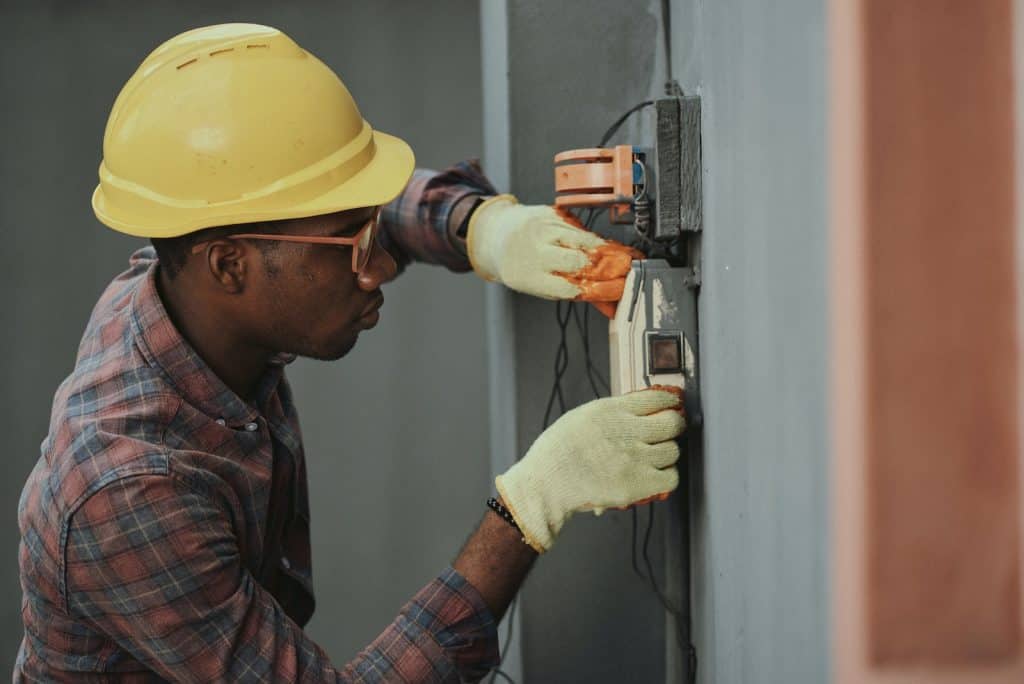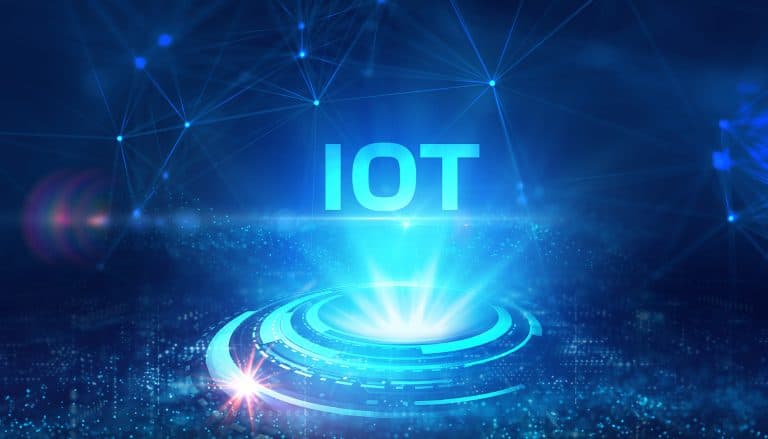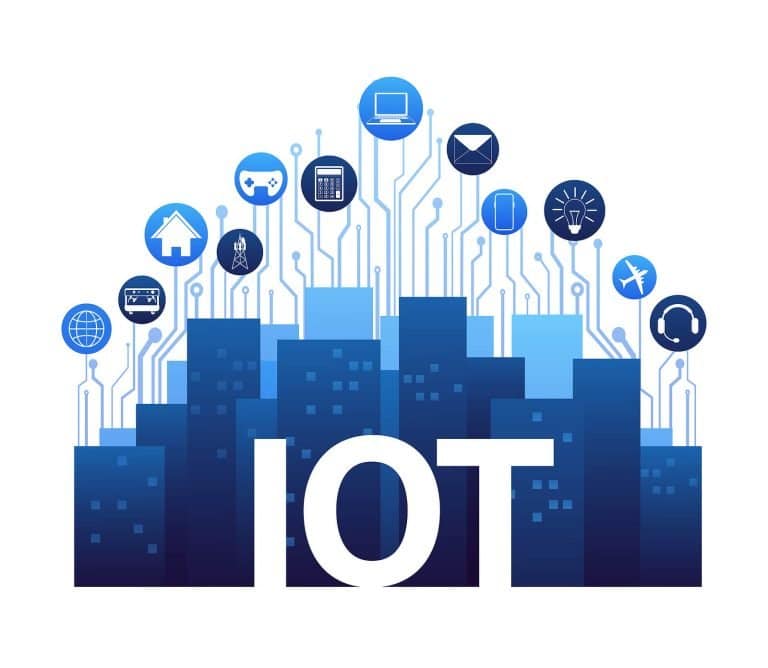Blue-collar workers are often on the move and may spend little time working with laptops or desktop computers. Therefore, IT departments may struggle to support them with technology that makes their jobs easier.
Table of Contents
ToggleHowever, the right tech can make a big difference for blue-collar teams. It can help streamline work and attract younger employees. IT departments may need to use different strategies to support blue-collar staff if they want to find success.
How Blue-Collar Teams Can Benefit From IT Support
Digitally empowered first-line workers — like field service personnel, maintenance technicians, and housekeepers — are three times more likely to deliver yearly growth than those who don’t receive the same IT support. These workers also provide much more development than non-digitally empowered staff — around 20% more on average.
Younger workers tend to be more attracted to employers that furnish them with new technology. Gen Z and millennials tend to be less interested in blue-collar positions than older workers, so investing in tech support can help businesses make these positions more appealing to younger workers.
IT teams can use the right technology to help make blue-collar positions more productive, comfortable, and attractive to a wide range of workers. Many businesses are struggling to fill blue-collar jobs right now, so finding ways to digitally empower workers is a worthy goal.
Using Technology and IT Services to Support Blue-Collar Workers
Empowering blue-collar employees can be a challenge in some cases. These workers may not benefit from the same technology that white-collar or administrative positions will need. The organization they work for may also be slow to adopt new technologies, meaning there may be a less robust technological foundation for the IT team to build on.
However, it’s almost always possible to support blue-collar workers with new technologies and digital solutions — though some creativity may be required.
Improving Fleet Operations With New Smart Technology
Field workers who spend a great deal of time driving, transporting goods or on the move can benefit from smart technology fitted to the interior of a van, truck or similar fleet vehicle. The right vehicle shelving makes it possible to support complex cargo climate control systems that may improve employee comfort. It can also prevent temperature excursions when workers transport goods that need to be held within a specific temperature range.
IoT thermostats, temperature monitors and vents can make these cargo climate control systems intelligent, allowing workers to control them remotely. A smart system may also dynamically adjust its performance based on changing environmental conditions, like vehicle temperature and humidity. This automation can streamline climate control for field workers.
These systems may interface with preexisting vehicle telematics systems, allowing managers and workers to remotely monitor and adjust the temperatures field workers are exposed to.
This technology can also help prevent heatstroke and other health issues that can arise when a vehicle becomes too hot.
Using IoT and Smart Industrial Technology for Monitoring or Maintenance
Remote monitoring solutions can be another great way to empower blue-collar workers. The right technology can keep an eye on essential equipment and facility systems, making it easier to ensure they perform properly without needing to inspect them manually.
Various IoT monitoring devices exist, allowing workers to track many system performance variables remotely. For example, a water treatment facility may benefit from technology that checks the level of volatile organic compounds in treated water. Most facilities can benefit from monitors that track variables like machine temperature, vibration, sound levels and lubrication.
The popularity of IoT monitoring as an industrial IoT solution means many ready-to-use platforms are available. In most cases, it should be possible to meet organizational requirements with an existing solution — meaning most IT teams won’t need to build their own.
The same technology can also help to support preventive maintenance operations — and potentially enable predictive maintenance.
Monitoring allows employees to respond immediately as issues with machinery or facility systems emerge. When combined with an AI- or big data analytics solution, checking data over time can potentially predict these issues, allowing teams to address potential mechanical challenges proactively. This predictive maintenance can offer significant benefits for companies and blue-collar workers of all kinds — like less downtime, cheaper upkeep and longer equipment life spans.
Employing Wearable Solutions for Frontline Workers
A growing range of wearable technologies marketed at businesses and blue-collar workers have emerged over the past few years.
For example, businesses can invest in wearable safety devices that can alert managers when a worker falls or is exposed to unsafe conditions. These items are increasingly popular in construction and similar industries.
Some wearables can even detect if a worker is moving non-ergonomically or in a way that may cause repetitive stress injuries.
New Technology Can Help IT Support Blue-Collar Workers
Blue-collar workers may not receive the same IT support as white-collar workers, but technology can help streamline operations and improve comfort.
Deploying technology like smart monitoring systems and wearables allows IT departments to better support blue-collar teams.





